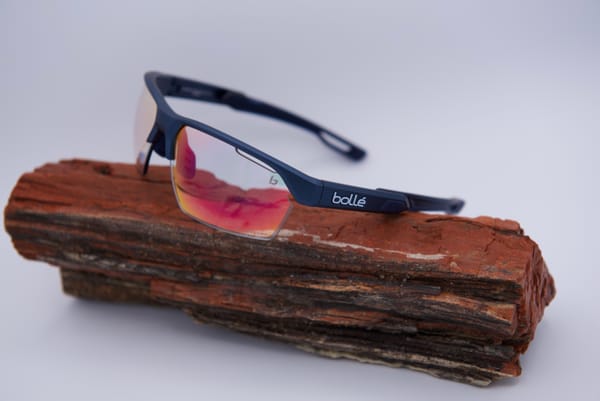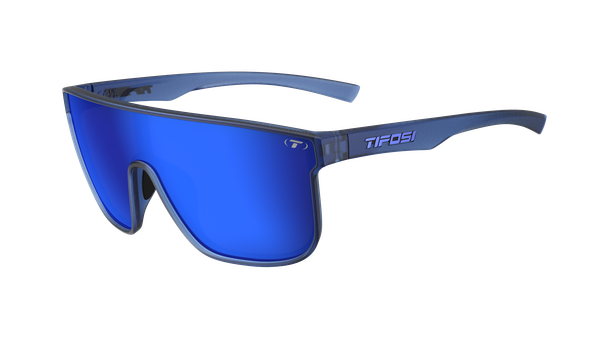SUV Drivers are more Dangerous to Cyclists than Car Drivers

Just like pedestrians, cyclists hit by SUV drivers experience considerably more severe injuries, particularly head injuries, than those hit by drivers of smaller cars, according to a recent study. This research adds to the growing evidence that regulators should do more to control the dangerous vehicles increasingly dominating U.S. roads.
The Insurance Institute for Highway Safety (IIHS) examined a sample of bicycle-car collisions in Michigan that contained more detailed information than the average U.S. crash report. The aim was to better understand the typical cyclist’s injuries when struck by a larger vehicle.
The findings were concerning. According to the Abbreviated Injury Scale, a medical coding system that grades injury severity after a trauma, cyclists hit by SUVs had injuries that were 55% worse than those hit by smaller vehicles. Cyclists also experienced 63% worse head traumas, which researchers attributed to the fact that SUV crashes were more than twice as likely to cause “ground impact” injuries, knocking cyclists off their bikes and onto the pavement.
SUVs were the only vehicles in the sample that ran over cyclists, while sedans typically pushed cyclists onto the vehicle’s hood or roof. Researchers believe this critical difference is due to the size and shape of the SUV’s front end, which is more likely to strike a vulnerable road user near their center of gravity.
These grisly details may help explain why SUVs are disproportionately represented in national road violence statistics. Despite accounting for 57% of new car sales last year, SUVs were involved in 15% of U.S. crashes with pedestrians and cyclists since 2009 but were implicated in 25% of fatalities.
Although these statistics are alarming, experts have been hesitant to definitively pinpoint why SUVs are so much more lethal to vulnerable road users. Some researchers suggest that wide A-pillars that create blind spots, large front blind zones, and high headlights that blind other motorists on the road may be contributing factors. However, these findings haven’t always translated into concrete recommendations for regulators or policies to discourage SUV sales.





